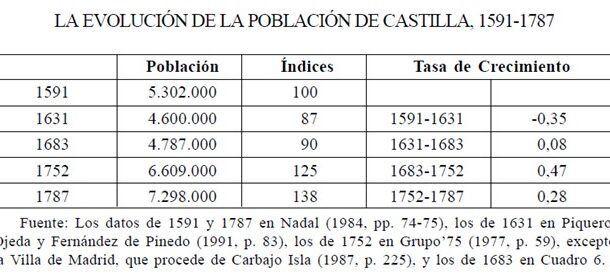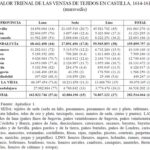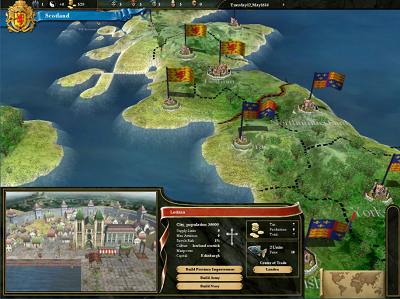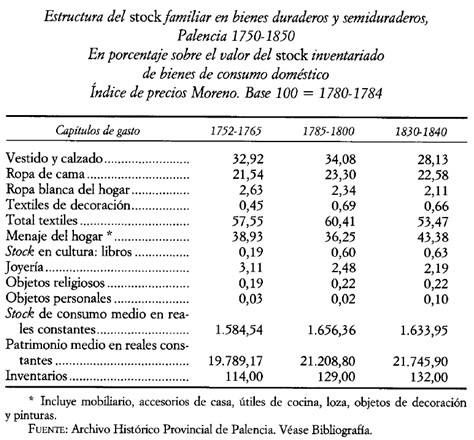
The author, José Ignacio Andrés Ucendo, offers us a statistical overview of the price of different fibres, such as wool, silk and linen, in different territories of the Crown of Castile at a time contextualised by the decline of civil manufacturing at the beginning of the 17th century. Overall, wool was traded more than linen and silk, which were the second and third most traded products respectively. By areas, in Old Castile the predominant fabric was wool, taking 73.6% of the market, this value being lower in Andalusian localities with 44%. Within the woollen cloths, the most traded were those of Segovia, Cordoba, Úbeda and Baeza; logistical centres of production. Thus, the market was divided into two areas: Andalusia and the Northern Plateau. The author notes that Andalusian consumption was greater than that of the north due to the difficulties that the Segovian drapery had in marketing its products; a crisis in demand from which it barely recovered. In the 18th century, consumption patterns were reversed, with linen dethroning wool in Castile. These consumption and marketing dynamics are similar to the data provided for the Catalan area of the Crown of Aragon.
Collection: Statistics
Project: 3. Rural world and urban world in the formation of the European identity., 4. Family, daily life and social inequality in Europe., 9. Travels and travelers: economic, social and cultural connections.
Chronology: XVII
Scope: Secondary Education, Baccalaureate, University
Link: https://e-archivo.uc3m.es/bitstream/handle/10016/3563/RHE-2005-Ucendo.pdf?sequence=1&isAllowed=y
Resource type: Statistics
Format: Table
Source: Andrés Ucendo, J. I. (2005). "Algunas notas sobre el consumo y comercialización de tejidos en Castilla a comienzos del siglo XVII", en Revista de Historia Económica, XXIII, nº 1, p. 20.
Language: Spanish
Date: 2005
Owner: Pablo Ballesta Fernández (Modernalia)
Copyright: ©Revista de Historia Económica ©José Ignacio Andrés Ucendo
Abstract: The resource reflects the monetary value of different types of linen, wool and silk in many areas of the Crown of Castile.
Image
Tags







